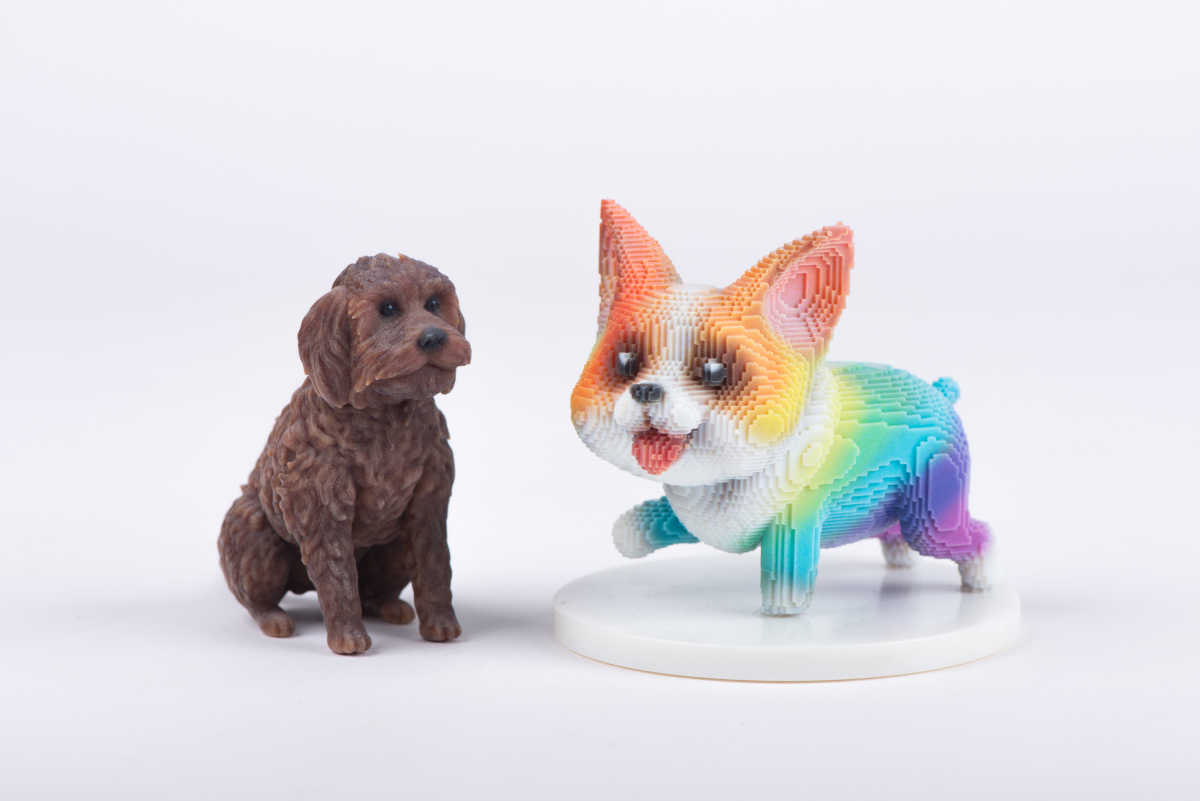Focus on solving specific problems in industries you're passionate about
Look for markets with unmet needs that 3D printing can address
Examples of niches:
OEM replication car parts
Video game or VR headset accessories
Custom orthotics or prosthetics (including pet prosthetics)
Specialized tools for emerging industries (e.g., cannabis industry tools)
Start with a budget of under $1,000
Essential equipment:
3D Printer: Recommended - Bamboo Labs P1P ($600)
Filament: Begin with basic colors (black and white PLA Plus, ~$31)
Shipping supplies: Boxes, filler material, tape (~$133)
If you're not a 3D designer, use beginner-friendly 3D design tools
Consider licensing models from established designers (~$30 for 2-3 licenses)
Focus on creating products that solve specific problems in your chosen niche
Start with Etsy for its low startup costs and built-in customer base
Create at least 20 initial listings
Budget for Etsy fees: $15 setup fee + $0.20 per listing
Use tools like 3dprintforce.com to ensure correct pricing
Aim for consistent profit margins
Set an initial revenue goal of $1,000 to $1,500 per month
Add more printers as orders increase
Expand your product range within your niche
Aim for six-figure revenue over time (as demonstrated by successful businesses)
Implement systems to reduce time investment:
Use efficient shipping software (free options available)
Streamline your design and production processes
Goal: Reduce time spent on the business to 2-4 hours per week for custom jobs
Leverage your expertise in your chosen niche to build authority
Engage with your target community to understand their needs better
Use your passion and knowledge to naturally promote your products
Stay updated with 3D printing technologies and techniques
Keep an eye on market trends and evolving customer needs
Be prepared to pivot or expand your product line as necessary
Ensure you have the right to sell 3D printed items (don't just print and sell models found online)
Research any regulatory requirements, especially if entering fields like prosthetics
Remember, success in the 3D printing business comes from identifying and solving specific problems, starting small, and scaling efficiently. By focusing on a niche you're passionate about and continuously optimizing your processes, you can build a profitable and potentially six-figure 3D printing business from home.
